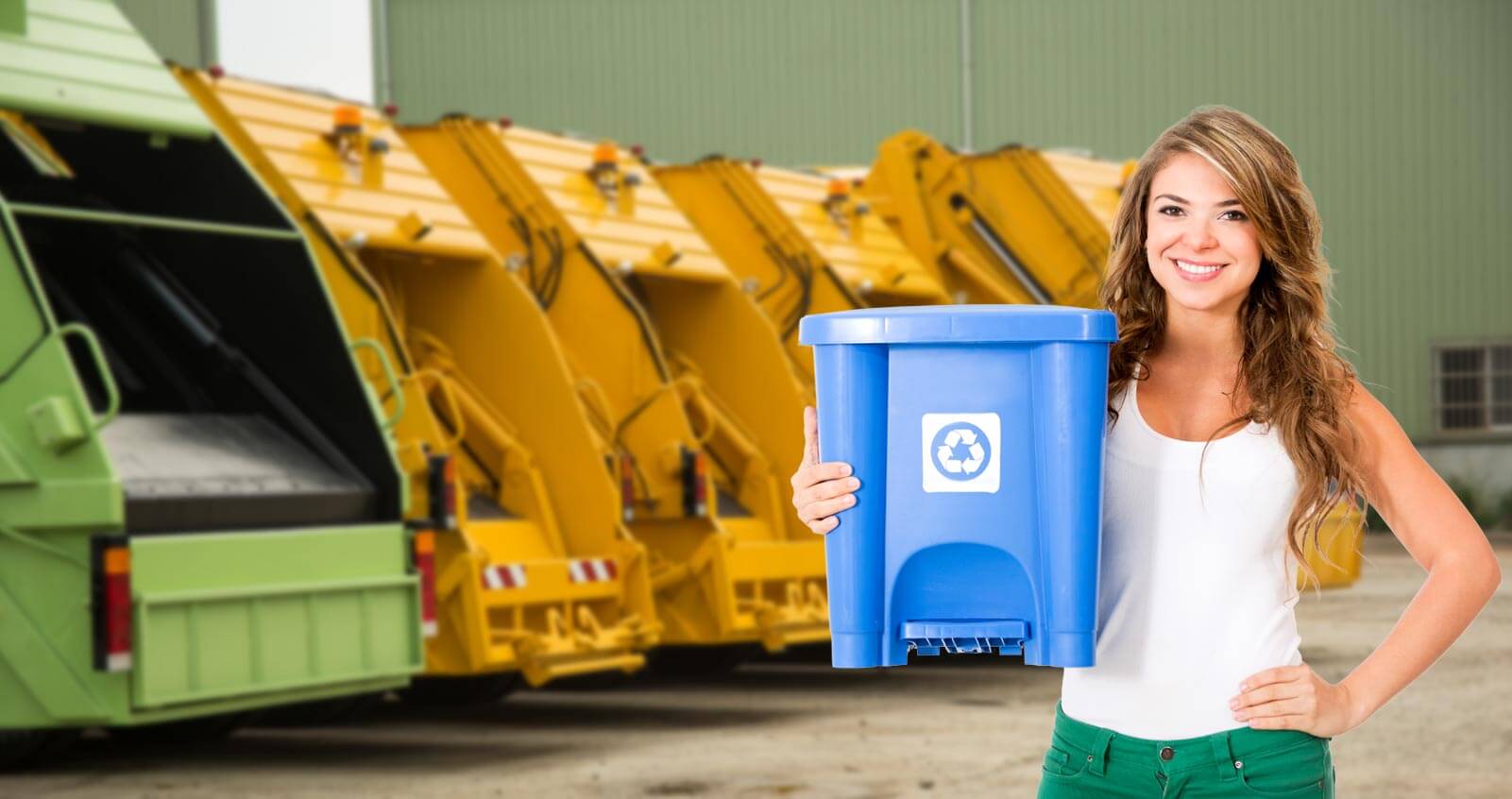Safe and Efficient Construction Waste Disposal
Posted on 27/03/2025
Construction activities are essential for infrastructure development, urban redevelopment, and general societal growth. However, the byproduct of these activities is a significant amount of waste, posing risks to the environment and human health. Efficient and safe construction waste disposal is, therefore, critical in mitigating these adverse effects and promoting sustainable building practices.
Understanding Construction Waste
Construction waste can be broadly categorized into two main types: inert waste and non-inert waste. Inert waste includes materials such as concrete, asphalt, and bricks, which do not decompose or pose significant environmental hazards. Non-inert waste comprises materials like timber, plastics, and metals, which can potentially be more hazardous due to their chemical properties or potential to decompose and produce harmful byproducts.

The Importance of Safe and Efficient Disposal
Safe and efficient disposal of construction waste is paramount for several reasons:
- Environmental Protection: Proper waste management practices prevent contamination of soil, waterways, and the air.
- Resource Conservation: Recycling and reusing materials reduce the demand for new resources, conserving raw materials.
- Cost Efficiency: Efficient waste management can lower disposal costs and potentially generate revenue through the sale of recyclables.
- Regulatory Compliance: Following legal guidelines helps avoid fines and penalties, ensuring the company adheres to environmental regulations.
Strategies for Safe and Efficient Construction Waste Disposal
Implementing effective construction waste disposal strategies involves several steps and best practices:
1. Waste Segregation
Segregating waste at the source is crucial for efficient disposal. By sorting different types of waste - such as metals, plastics, wood, and concrete - construction companies can simplify recycling processes and reduce contamination. Clear labeling and designated bins for each type of material can facilitate this process.
2. Minimization of Waste
Reducing the amount of waste generated involves careful planning and resource management. Some methods include:
- Accurate Material Estimation: Using precise measurements and forecasts to order materials minimizes surplus and thereby waste.
- Reusing Materials: Reusing existing materials when possible can significantly reduce waste. This includes repurposing old bricks, timber, or using recycled concrete.
- Prefabrication: Prefabricated components reduce the amount of onsite waste as they are built in controlled environments with minimal scrap.
3. Recycling and Reuse
Recycling and reusing are fundamental aspects of waste management:
- Concrete and Masonry: Crushed concrete can be used as aggregates for new concrete or road base materials. Bricks can be cleaned and reused.
- Metals: Metals such as steel and aluminum are highly recyclable and can be melted down and reformed into new products.
- Wood: Wood can be repurposed for new construction or used in applications such as mulch or biomass fuel.
4. Safe Disposal of Hazardous Materials
Hazardous materials, such as asbestos, lead paint, and certain chemicals, require special handling and disposal methods to prevent environmental contamination and health risks. It's crucial to follow regulatory guidelines and employ certified professionals for the disposal of such materials.
5. Partnering with Waste Management Companies
Teaming up with specialized waste management companies can enhance efficiency. These companies have the expertise and resources to handle, transport, and process construction waste effectively. They can also provide valuable insights into waste reduction and recycling procedures.
Technological Advancements in Waste Management
Technology is playing a transformative role in improving waste management practices. Innovations such as:
- Smart Waste Bins: Equipped with sensors, these bins can monitor waste levels and optimize collection schedules.
- AI and Machine Learning: These technologies can help in waste sorting and identifying recyclable materials with greater accuracy.
- Blockchain Technology: Blockchain can provide transparency and traceability in the recycling process, ensuring that materials are properly recycled.
Environmental and Economic Benefits
The benefits of safe and efficient construction waste disposal extend beyond environmental protection. Economically, companies can reduce costs related to waste removal and processing. Additionally, revenue can be generated through the recycling and selling of recyclable materials.
Environmentally, proper waste management practices reduce the carbon footprint of construction projects. Recycling materials consume less energy compared to producing new materials from scratch, contributing to lower greenhouse gas emissions.
Challenges and Solutions
Despite the benefits, challenges in construction waste disposal persist:
- Mixed Waste Streams: Sorting mixed waste can be labor-intensive and costly, making automated processes and effective source segregation essential.
- Lack of Awareness: Some construction teams may lack knowledge about proper waste management practices, necessitating training and education programs.
- Cost Concerns: Initial costs for waste management solutions can be high. However, long-term gains in cost savings and revenue generation justify these investments.

Case Studies and Best Practices
Case Study: SmartWaste by BRE
The Building Research Establishment (BRE) developed SmartWaste, an online platform to assist construction companies in managing their waste. By providing tools for waste tracking, recycling rates, and environmental impact assessments, SmartWaste enables companies to adopt efficient waste management practices. The tool has aided numerous projects in significantly reducing their waste footprint.
Best Practice: Modular Construction
Modular construction involves building sections of structures offsite in controlled environments before assembling them onsite. This method dramatically reduces waste by optimizing material usage and preventing over-ordering. Modular construction also enhances precision and quality control, leading to fewer material discards.
Conclusion
Safe and efficient construction waste disposal is a critical component of sustainable building practices. By understanding the different types of waste, implementing effective management strategies, and leveraging technological advancements, the construction industry can significantly mitigate its environmental impact. Capitalizing on economic benefits and overcoming challenges through innovative solutions and best practices will guide the industry towards a more sustainable future.




